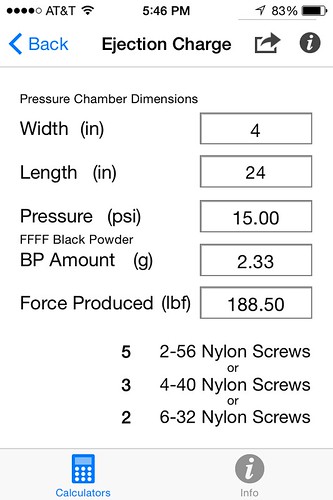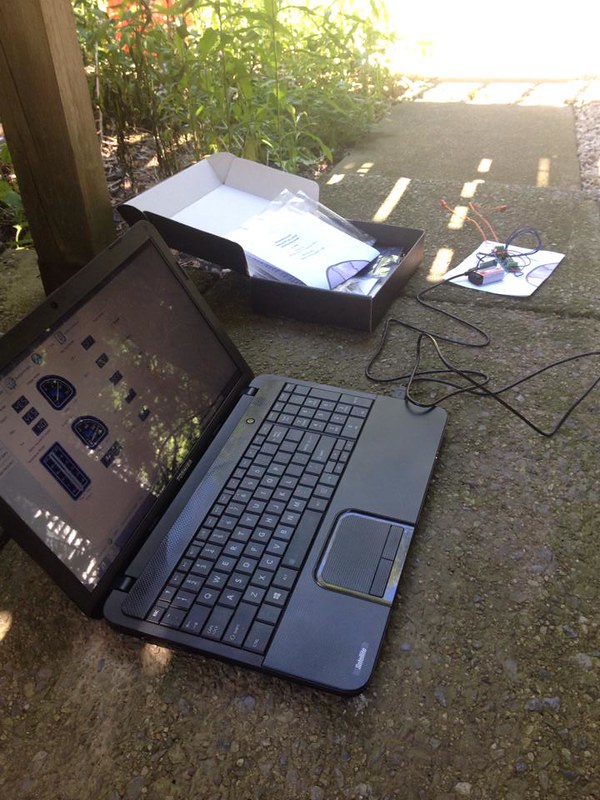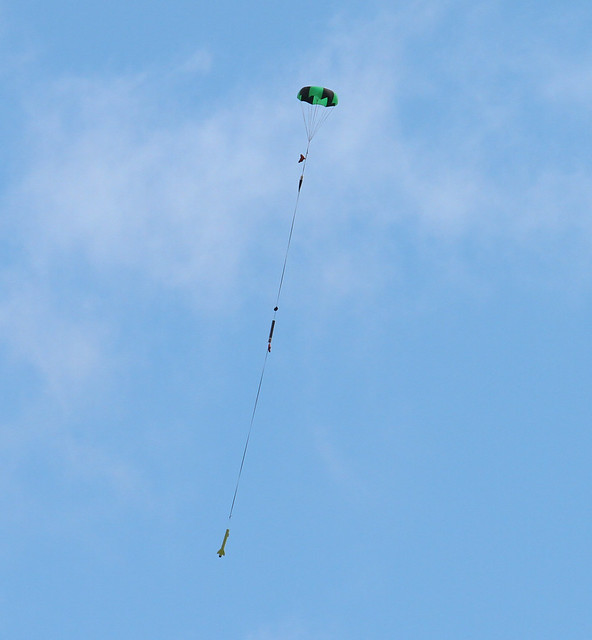TMJ
"Where the heck'd it go!"
- Joined
- Jun 21, 2016
- Messages
- 245
- Reaction score
- 0
Frenzy redundant electronics.
This is the first arrangement that comes to mind, however. This arrangement would also put the batteries well off of the centerline of the rocket. Maybe I could mount the batteries on the 'underside' of the sled for something more close to centerline weight distribution/balance? If mounting the batteries underneath, I could also pull the two RRC's closer together, towards the center of the sled, leaving just enough room between the boards to allow for fore/aft strap ties for securing the batteries on the back side of the sled... if 'that' makes sense? Any 'other' suggestions are more than welcome...

This is the first arrangement that comes to mind, however. This arrangement would also put the batteries well off of the centerline of the rocket. Maybe I could mount the batteries on the 'underside' of the sled for something more close to centerline weight distribution/balance? If mounting the batteries underneath, I could also pull the two RRC's closer together, towards the center of the sled, leaving just enough room between the boards to allow for fore/aft strap ties for securing the batteries on the back side of the sled... if 'that' makes sense? Any 'other' suggestions are more than welcome...

Last edited:








